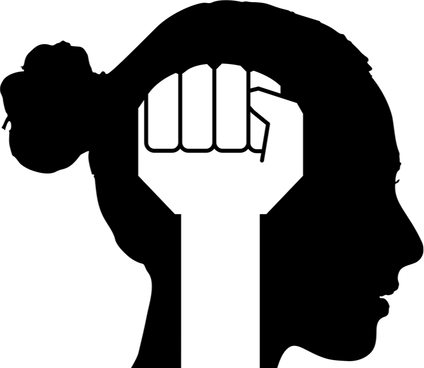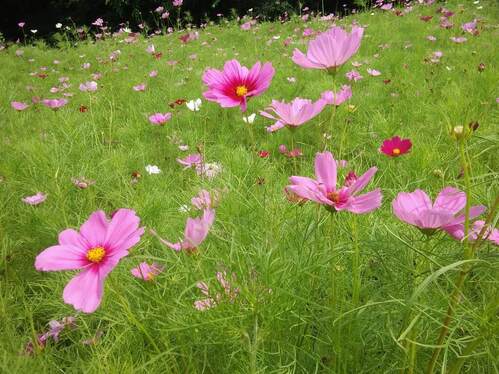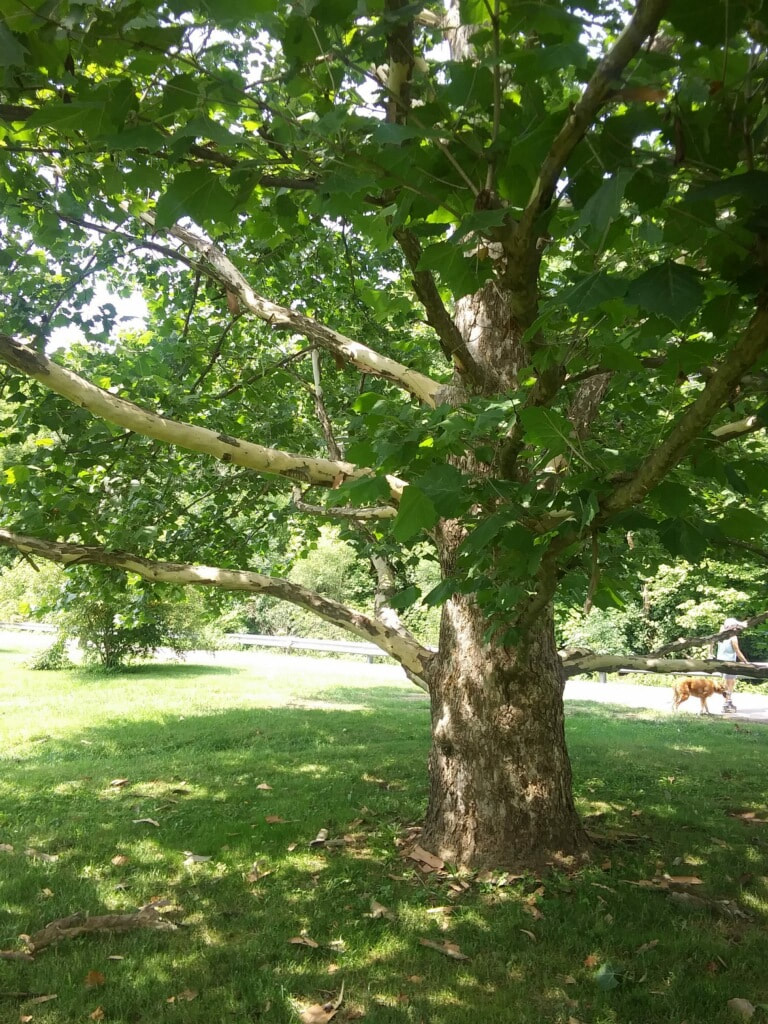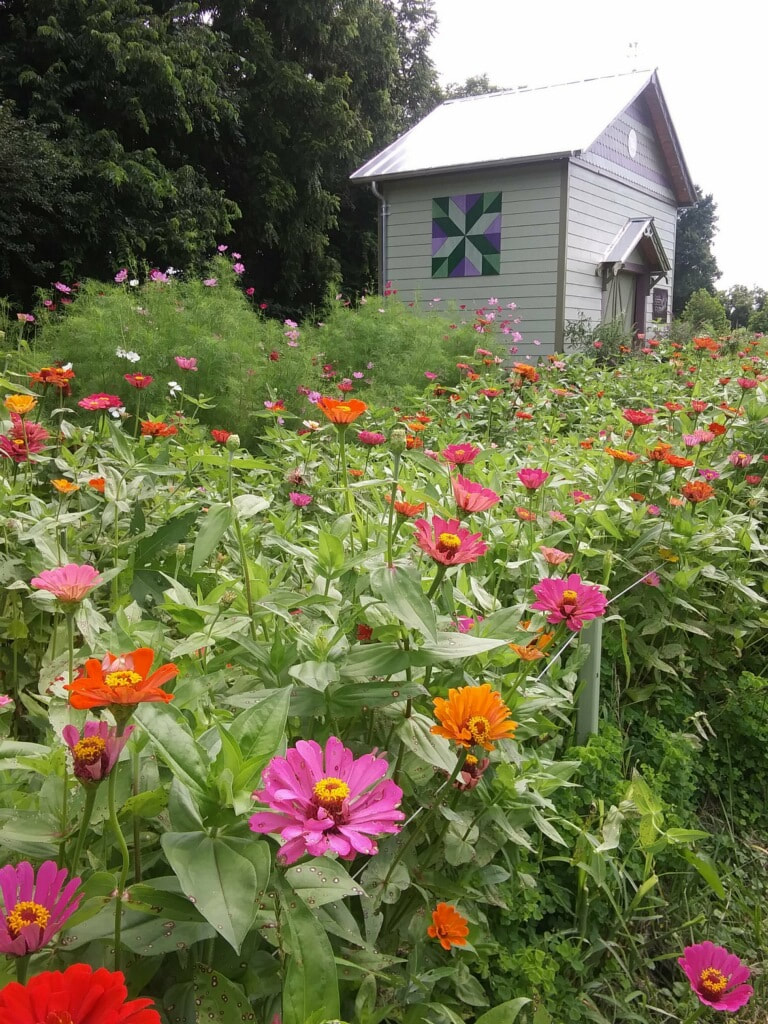 On June 25, gymnast Simone Biles was not having the Olympic Trials her fans had anticipated. She had stepped out of bounds, fallen off the beam, and not stuck a landing. She was still brilliant, of course. She is arguably one of the greatest athletes ever and she easily clinched the top spot on the U.S. Olympic team. But she was clearly not satisfied with her performance. After she finished her floor routine—eye-popping, as usual, but not perfect—the camera followed her to the sidelines. She sat down on the floor, reached into her backpack, and pulled out a long pair of shears to cut off the tape supporting her troublesome ankle. That task quickly dispatched, she reached into her backpack again and pulled out an almost comically large makeup brush. While the camera remained trained on her, she proceeded to powder her face. My jaw dropped. In the middle of an immensely significant athletic competition, one of the world’s greatest felt compelled to touch up her makeup. Perhaps the sheer ordinariness of that action calmed her. Perhaps it was a way to boost her confidence. But at a moment when she most needed to concentrate on her athletic performance, she was fixing her face. I was chagrined. Clearly I can’t ignore the fact that many, many female Olympians wear makeup and other cosmetic enhancements while competing. Eyelashes and fingernails of grotesque lengths are common. And how on earth do track athletes—male and female—run with necklaces and chains bouncing under their chins? I doubt these trends started in 1988 with Flo-Jo, but we all paid attention when she positioned herself in the starting blocks, her wickedly curved nails splayed on the track, her hair loose and flowing. This year, media reported as frequently on Sha’Carri Richardson’s flaming orange hair and outrageous fingernails as they did on her speed. Too bad we won’t get to see her perform in Tokyo. These fashionistas do succeed in grabbing our attention. But don’t they already do that with their athletic feats? Many, like the gymnasts, sometimes appear made up for a performance at the Grand Guignol. Why do they feel so compelled? As a youngster and a teenager I participated in nearly every sport available to girls at the time. I was notoriously average at all of them. But I loved being active, I loved the discipline it required, and I loved the harmony of a team effort. Being an athlete, no matter how ordinary, made me feel strong. It gave me confidence. But more than that, it allowed me to play a role other than “Sallie,” the socially awkward, too smart for her own good, outsider. Instead, I was the 4’11’’ hurdler or the feisty all-state midfielder or one of eight synchronized swimmers trying bravely to mimic the moves of the more experienced swimmers. I was gutsy, determined, fearless. As a teenage athlete, I could set aside, however momentarily, the fact that I wasn’t beautiful. I had no idea how to apply makeup to improve my appearance. With those two marks against me, finding acceptance at that age was difficult. But I could disappear on the tennis court or the hockey field. My sweat was worth something. My tenacity had value. So it makes me sad to see that, in 2021, many of our greatest athletes still view their looks as part of their performance. They have to be strikingly beautiful, perfectly coiffed, overly made up. Somehow they must feel that their athletic skills alone cannot validate their presence on the world stage. Years of training can only get them so far. Perhaps it’s the lure of lucrative promotional contracts that prompts them to make sure their appearance is as perfect as their performance. I wish young girls could see these athletes as the pure, powerful women they are. They don’t need fake eyelashes and fake fingernails and fake hair color to make a statement. They just need to demonstrate their prowess as heart-stopping, mind-blowing athletes. As the 2021 Olympics approached, several female athletes and their teams made the news for their attire. An official from England Athletics claimed that Welsh Paralympic world champion Olivia Breen’s sprint shorts—the Adidas official 2021 briefs—were too short. The European Handball Association's Disciplinary Commission fined the female Norwegian beach handball team when they showed up for a match in compression shorts similar to what the men wear rather than the mandated bikini bottoms. Black Olympic swimmers were denied the option of wearing the Soul Cap, a swim cap designed to better accommodate and protect their hair. Why can’t we just let women compete? Why does their appearance have to play such a large role? This morning I watched a men’s sand volleyball match, the men dressed comfortably in shorts and tank tops. I don’t have to tell you what the women are expected to wear.
6 Comments
 Flowers hover above a cloud of green at the Walter Bradley Park in Midway, Ky. Photos by Rick Showalter. Flowers hover above a cloud of green at the Walter Bradley Park in Midway, Ky. Photos by Rick Showalter. I live in the fastest growing county in Kentucky. It seems that everywhere I go I come face-to-face with this reality: farmland bulldozed for a new subdivision, woodlands daylighted without a thought of what has been sacrificed, trees pushed into hulking piles of smoking debris, traffic and impatient drivers clogging the roadways, new interstate exits and newly built intersections designed to handle today’s volume of cars. New schools, new businesses, and a new bypass to get around it all. And let’s not forget a controversial dump still accepting garbage way beyond its approved capacity. This morning, however, we took a road trip a few miles southwest to Woodford County, where the tiny town of Midway is trying desperately to manage its own growth. It has been called “Kentucky’s Mayberry,” and as little as ten years ago it was a quaint little hamlet of historic homes and a bustling main street that attracted visitors to its special collection of unique restaurants and art shops. In recent years, however, industry has come to the area near the interstate, along with fast food franchises and convenience stores. It’s a disheartening trend that I expect is nearly inescapable for every community that had been temporarily left behind by the ravages of what many call progress. But just off Midway’s historic downtown Railroad Street, the town has established the remarkable Walter Bradley Park, named for a town native and World War II Army veteran who, in 1977, became the first African American on the Midway City Council. He served the community in that capacity for 24 years. I had been on the periphery of this 28-acre park many times for events, mostly races where I was more focused on making it to the start line on time and finding the finish line while still breathing. This morning we could wander the grounds and its four miles of walking trails at our leisure. Unlike many city parks, this is not simply a mowed area with a few signs and perhaps a walking path. Some visionary arborists and gardeners have created a verdant sanctuary that delights all the senses. On an unusually cool summer morning, the butterfly gardens were bursting with color. A wide variety of native trees—some old, many recently planted—welcomed us, already offering shade and guaranteeing a cool summer retreat in the years to come. Gravel paths wend among the gardens, around Sara Porter’s Seed Farm shed, across wooden footbridges, past an old spring, circling near horses grazing in the nearby meadows, and winding up to the public pavilions behind the elementary school. As I stepped into the long arbor facing one of the many wildflower gardens, I felt as if I had stepped back into another century. Time slowed. Natural beauty again felt revered. I could imagine spending a full afternoon seated on the benches watching the birds and butterflies while engaged in idle conversation. Would I be twirling a parasol? The good people of Midway have always seemed to understand the importance of their community’s history and have managed to preserve its rare qualities. This battle will intensify over the next few years. But they have committed to nurturing an oasis in their midst. Bravo. Central Kentuckians now have yet one more reason to visit.  Words can be challenging. Words can be challenging. I suppose it should be comforting that it was a small group of friends much younger than I who shared their common insight. “Words are hard,” they had all agreed, laughing, as one of them couldn’t find the word she was searching for as they congregated for breakfast after a morning walk. When they told me this story a little later, standing in front of my table at the Lexington Farmers Market where I had three books displayed that co-opted tens of thousands of those sometimes intractable words, I smiled knowingly and looked at my friends a little closer. One is a visual artist and professor. Although words are not her preferred medium of expression, I am certain she is articulate and profound during classroom discussions about creating and interpreting art. One is an engineer with a natural talent for managing people, who solves complex problems and coaxes her colleagues in the direction she needs them to go. One is a teacher who compassionately interacts with teenagers from widely diverse cultures, students whose first language is rarely English. In their professions, words are their currency. All are expert communicators. They are quite comfortable expressing themselves. I imagine they rarely think about how fluidly the words come…until a cantankerous one goes missing. These days, I seem to have a particular problem recalling proper nouns: names and places, titles and characters, famous people and family members and longtime acquaintances. Shortly after my conversation with these three remarkable women, a former boss of mine—someone I reported to for four years—stopped by my table and chatted for several minutes. A week later I finally remembered her first name. I still haven’t come up with her last. (If you detect this happening when you next encounter me, please don’t think that means I don’t cherish our relationship. It just seems that my brain has made room for the mountains of new trivia necessary to navigate the modern world by archiving information I would choose to keep close at hand. Too bad my rather headstrong cognitive processes don’t consult me before making these sometimes critical decisions. On the other hand, as I glance around my cluttered office, perhaps that’s for the best.) I also recognize that words’ elusiveness is part of their charm. Ask any writer. Words can indeed be hard. Hard to come by. Hard to conjure. Hard to differentiate. Hard to define. Hard to know. Hard to let go. Hard to lasso for a specific need. If words were easy, we wouldn’t take so much pleasure in wrestling them into cohesive, lyrical patterns. Words can also be hard to hear, if we’re not inclined toward the truth, or if we’re feeling unusually burdened. And they can simply be hard, if their intent is to bruise. Sometimes I seem to have too many words. I can’t get to my computer or to a pad of paper fast enough to capture my thoughts. In those instances, I’m typically just letting off steam about some issue that has me riled up. Or perhaps I’m sorting through an emotion that blindsided me. Occasionally I feel I’ve distilled some human experience in a way that may be worth sharing. Sometimes I say too much when I should have kept my mouth shut. Knowing when to use your words can be hard, too. Those of us who love words, who ache for more time to immerse ourselves in the carefully chosen words of others, who can disappear into a world fabricated by a word artist—we’re the lucky ones. Words are our friends. We’ll put up with a little petulance now and then, even as we sense their smirks as they refuse to come out of hiding. |
Details
Archives
June 2023
Categories
All
|







 RSS Feed
RSS Feed